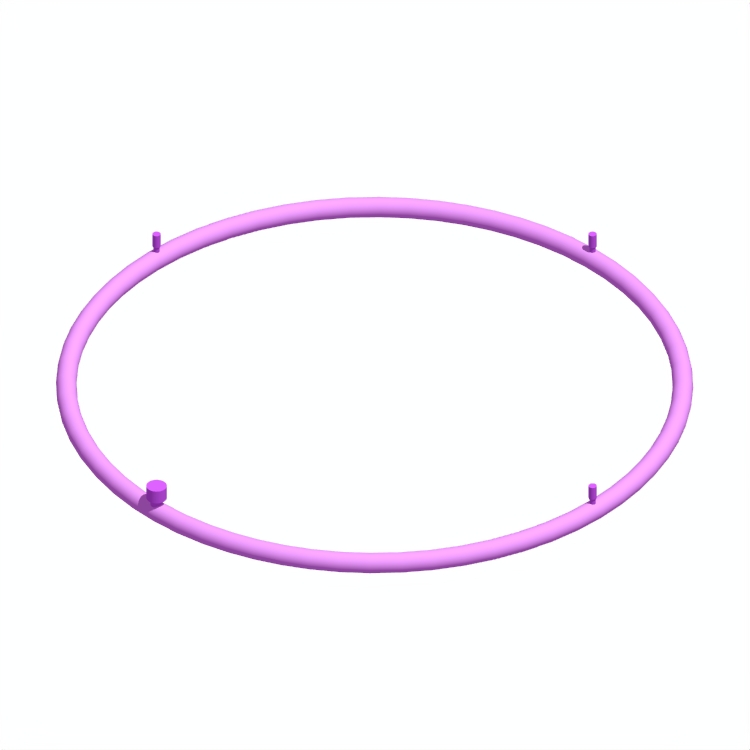
Thin-film solar panels are markedly different from traditional crystalline silicon panels. Composed of layers of semiconductor materials only a few micrometers thick, they are lightweight and flexible. Their sleek appearance, adaptability, and ability to be integrated into windows or curved surfaces set them apart. Produced by depositing photovoltaic material on glass or metal, they are less efficient than their crystalline counterparts, typically achieving around 10-12% efficiency. However, their flexibility, ease of production, and potential for varied applications make them appealing. While they occupy more space for the same output, their aesthetic and versatile installation options can outweigh efficiency concerns for some users.
Thin-Film Solar Panels are manufactured as a continuous surface with a solar efficiency between 7-18%. Thin-Film Solar Panels have a typical roll height of 15.5” (39 cm), thickness of .2”-.6” (5-15 mm), and a maximum solar cell surface width of 13.75” (35 cm).

Thin-film solar panels are markedly different from traditional crystalline silicon panels. Composed of layers of semiconductor materials only a few micrometers thick, they are lightweight and flexible. Their sleek appearance, adaptability, and ability to be integrated into windows or curved surfaces set them apart. Produced by depositing photovoltaic material on glass or metal, they are less efficient than their crystalline counterparts, typically achieving around 10-12% efficiency. However, their flexibility, ease of production, and potential for varied applications make them appealing. While they occupy more space for the same output, their aesthetic and versatile installation options can outweigh efficiency concerns for some users.
Thin-Film Solar Panels are manufactured as a continuous surface with a solar efficiency between 7-18%. Thin-Film Solar Panels have a typical roll height of 15.5” (39 cm), thickness of .2”-.6” (5-15 mm), and a maximum solar cell surface width of 13.75” (35 cm).























